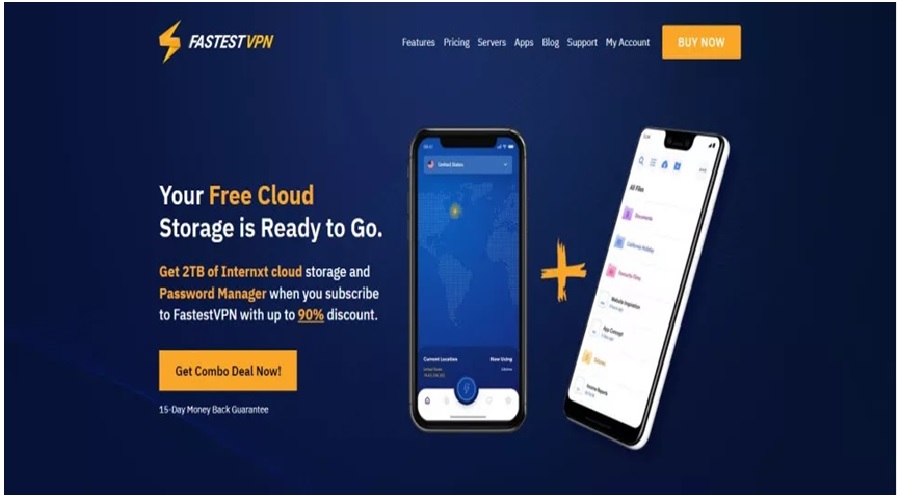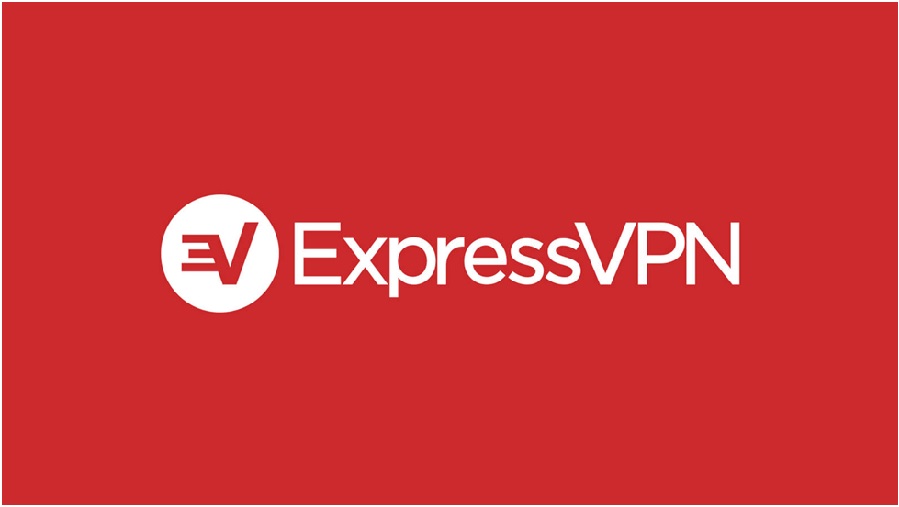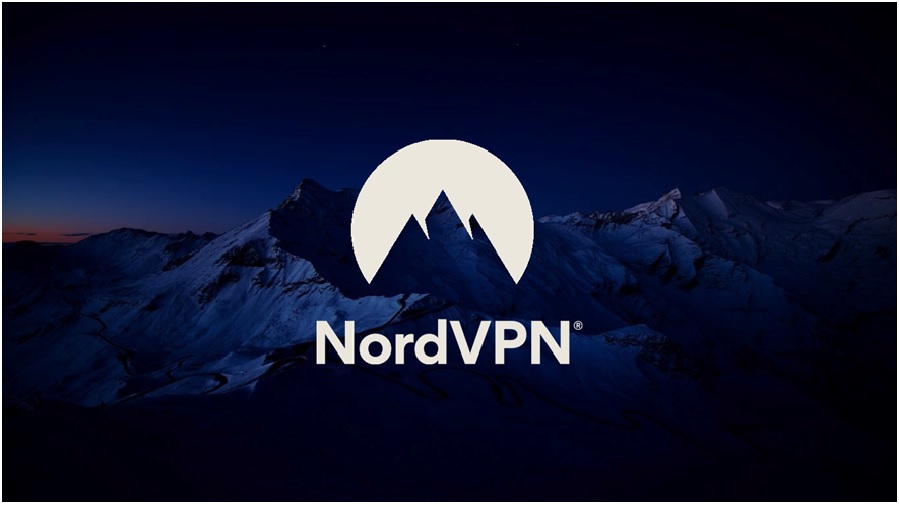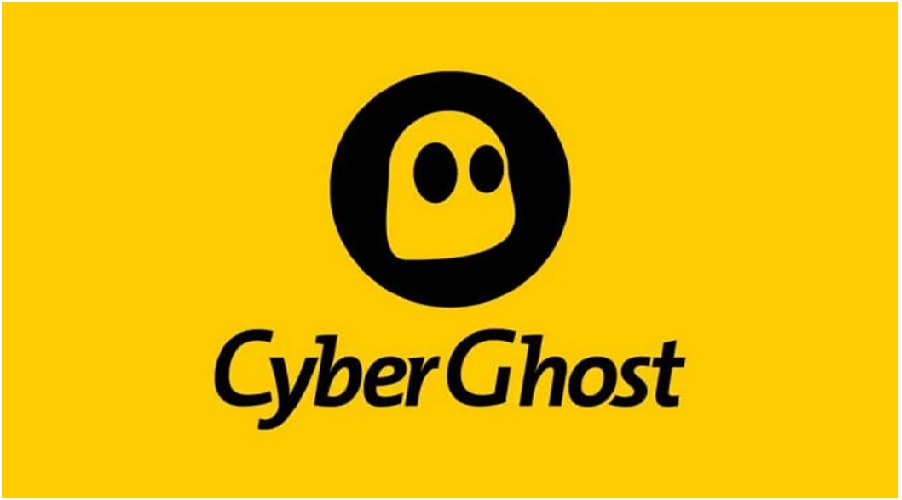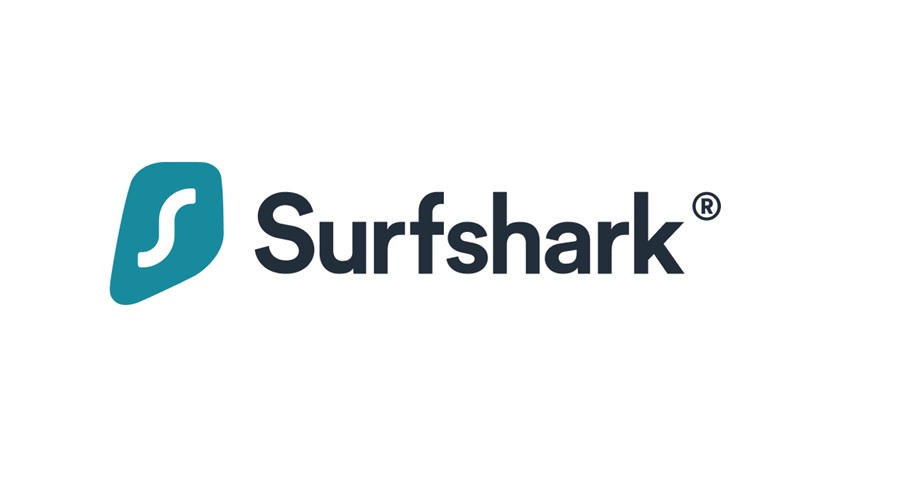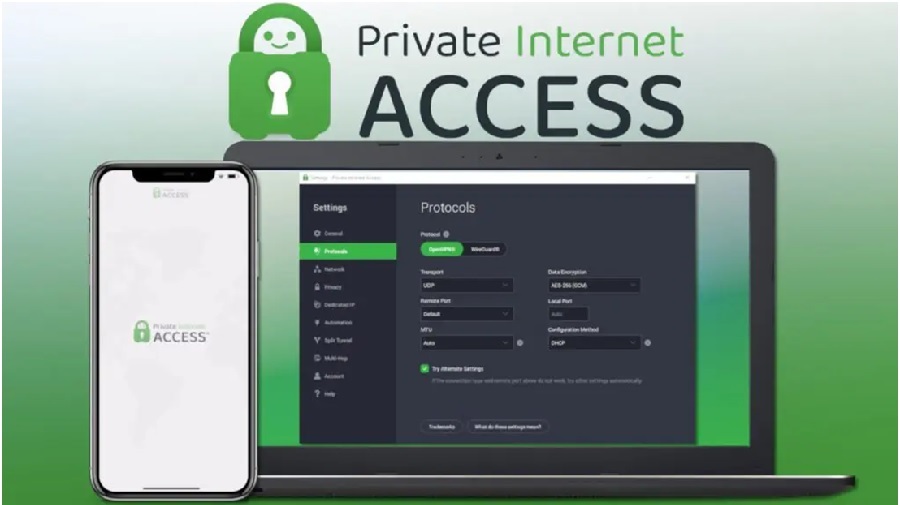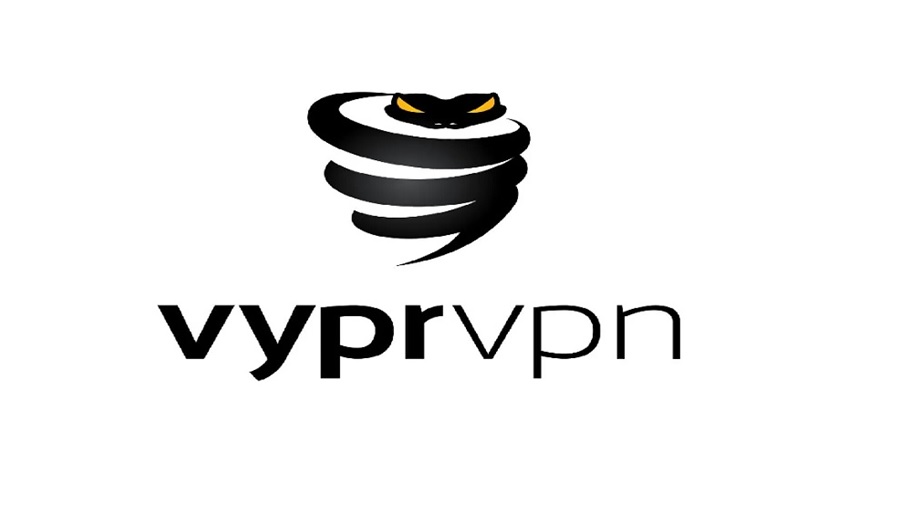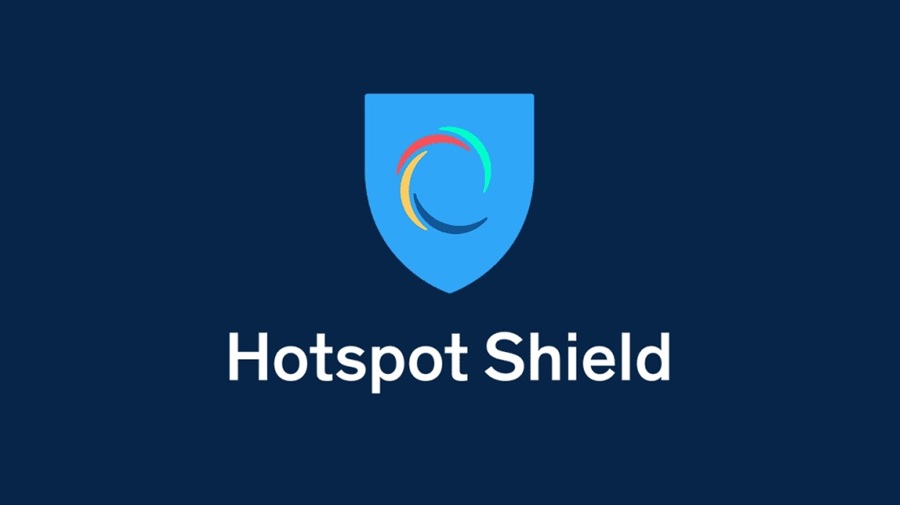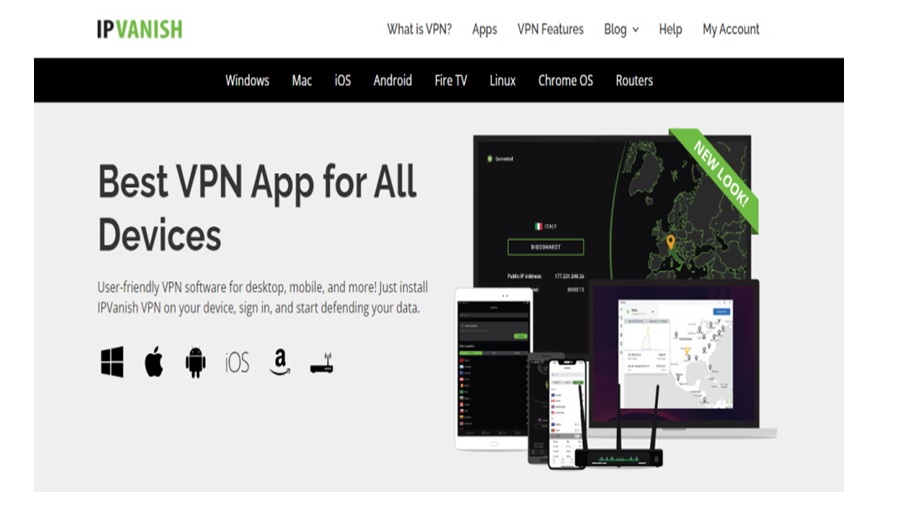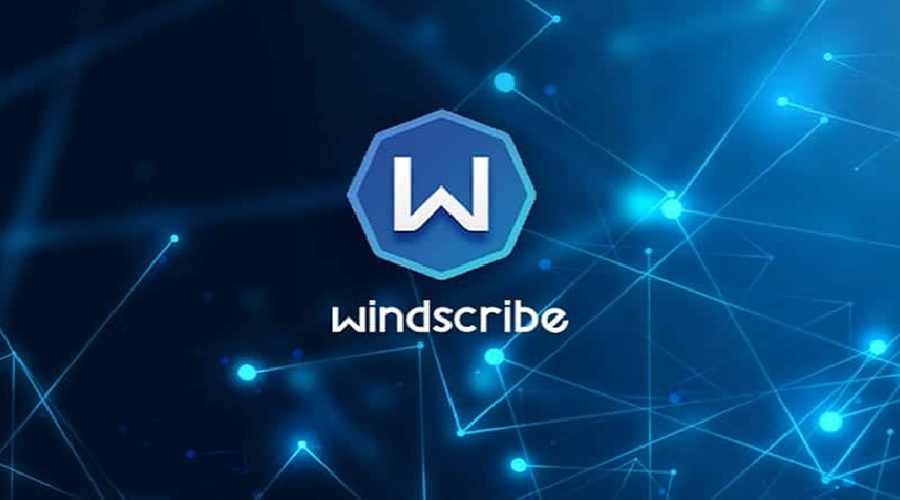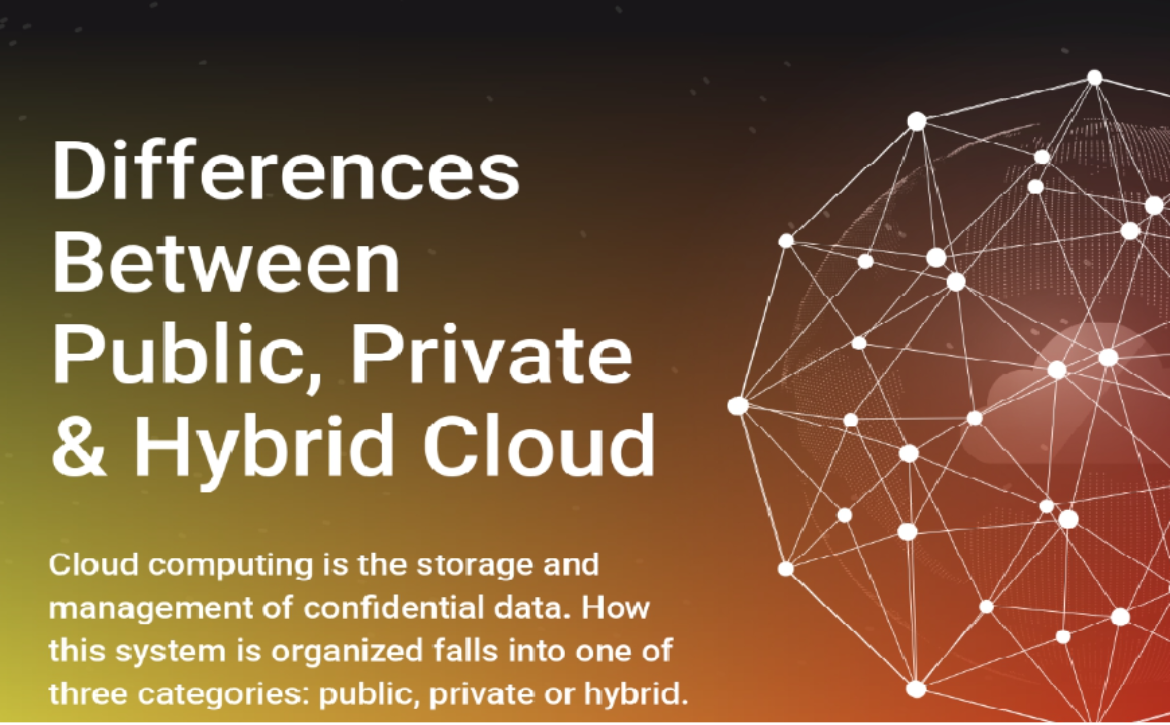10 JavaScript Animation Libraries for Designers
We all know that in order to make a web application or web design effective, it must be interactive and at the same time visually appealing as well. Well, for that purpose, JavaScript animation libraries can prove to be very powerful tools for designers.
These libraries can be amazing for designers to bring their designs to life with the help of very smooth and engaging animations through custom animation services.
So if you are a designer, planning to choose the best JavaScript animation library, this article is for you. Today, we are going to talk about 10 JavaScript animation libraries that are popular among designers.
But before we can discuss those, let’s talk about the importance of choosing the right library and how to choose the best one. So without waiting any longer, let’s jump right into it!
Importance Of Choosing The Right JavaScript Animation Library
—————————————
If you want desired design outcomes along with best user experience, you need to select the right type of JavaScript animation library for your project. It is very important. By choosing the right library, you can achieve a lot of amazing benefits that can help you convey your brand’s personality effectively.
With that being said, if you choose something which is not right for you, it will result in performance which is not up to the mark. Lots of development time will also be wasted.
So therefore, it is considered to be very important to choose the right library. But how can you do it and what is the best way to do that? Let’s understand that now.
How To Choose The Best
—————————————
Well, there are various factors that you need to take into account when opting for the best JavaScript animation library for your project.
The first thing that comes is the specific requirements of your project. Let’s say you might have a particular type of animations, like 2D or 3D, the level of interactivity required, and performance considerations.
The next important thing you need to do is to understand the ease of use and learning curve of each library. You need to make sure it aligns with your skill level and project timeline.
In addition to this, it is also very important to take into consideration the community support as well as the ongoing maintenance provided. This is vital for long-term viability and support.
Last but not least, you need to check the demos provided by each library. This can help you to understand its capabilities and suitability for your specific goals.
10 JavaScript Animation Libraries
—————————————
1. Anime.js
If you want a lightweight JavaScript animation library with an easy-to-use API, Anime.js is for you. Since it supports SVG animations, CSS properties, and other features, it may be used for a variety of applications. Designers can easily build complicated animations using transforms, rotations, and even morphing shapes when they use Anime.js.
2. GreenSock Animation Platform (GSAP)
GSAP is a well-established animation library renowned for its efficiency and adaptability. Timeline control is one of its best features. Along with it, you can also get to see morphing, and physics-based animations. Because of its beginner-friendly syntax, GSAP is usable by designers of all experience levels.
3. Velocity.js
Velocity.js is a performance-driven, lightweight, and fast animation library. It supports a wide range of CSS transforms and characteristics and has an easy-to-use API. Velocity.js, with its focus on speed, is a great option for projects that need smooth animations without compromising performance.
4. Three.js
At number 4 is a popular 3D graphics library that enables designers to create stunning 3D animations and visualizations. Yes, we are talking about Three.js. It provides a high-level API for building 3D scenes. Three.js is perfect for projects that demand immersive 3D experiences.
5. Mo.js
Want a motion graphics package? Mo.js is best for you. It focuses on producing unique effects and animations. Along with support for SVG and HTML elements, it provides a large selection of pre-built shapes and easing processes.
6. Popmotion
Popmotion is a JavaScript motion engine that makes it easier to create interactive gestures and animations. In addition to supporting drag-and-drop interactions, it offers utilities for physics-based animations. Popmotion’s modular design facilitates seamless integration with pre-existing projects and customization as required.
7. ScrollMagic
If you are someone concerned about scroll events, scroll animation library ScrollMagic is ideal for you. It’s especially helpful for enhancing long-scrolling pages with visual interest or producing immersive storytelling experiences.
8. GSAP ScrollTrigger
At number 8 comes GSAP ScrollTrigger. It is an addition to the GreenSock Animation Platform that focuses on scroll-based animations. With its sophisticated features, you can easily construct intricate scroll-driven effects. Because of its smooth integration with GSAP, GSAP ScrollTrigger is an effective tool for interactive web design.
9. PixiJS
If you want fast and lightweight graphics and animations, PixiJS, a 2D rendering engine, can be perfect for you. Rich visual effects, interactive media, and games are some of its best uses. Designers can make use of hardware acceleration with PixiJS to generate smooth animations and best performance on all platforms.
10. Rough.js
Rough.js is a JavaScript library designed for producing hand-drawn animations and drawings in a sketchy style. It gives designs a distinctive and comical look by offering a simple API. For projects that seek to inspire whimsy and creativity, Rough.js is perfect.
Bottom Line
So these were the top 10 JavaScript animation libraries for you. Make sure to choose the one that suits your needs.




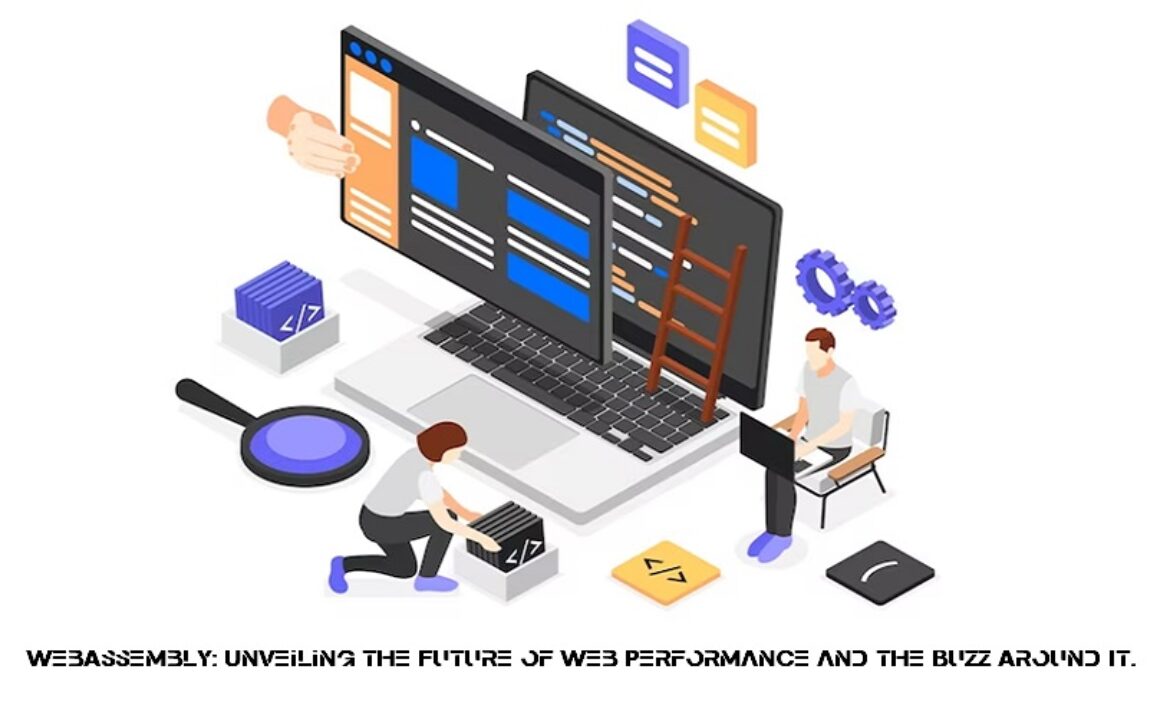
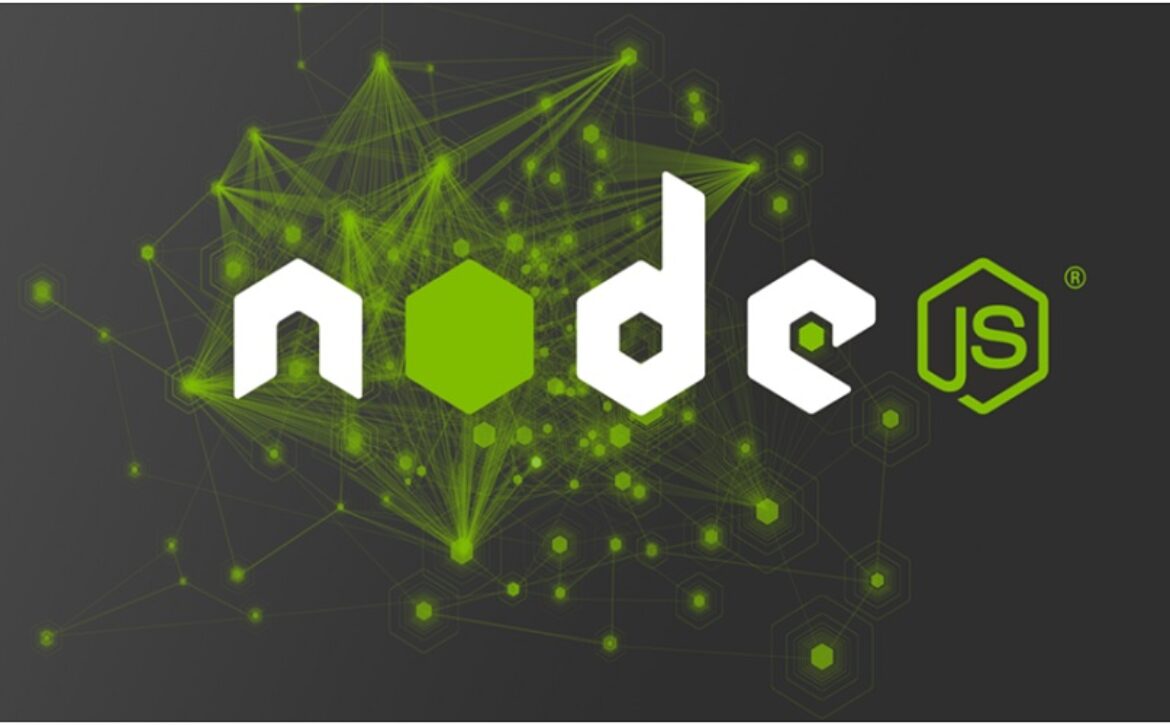
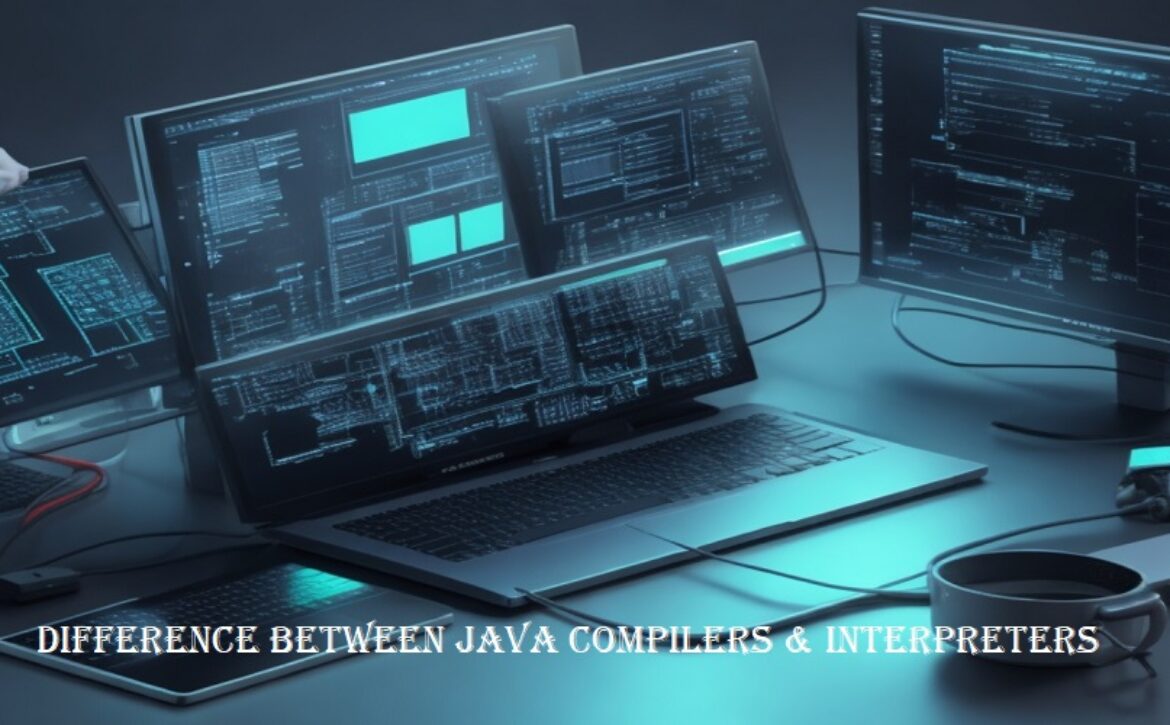

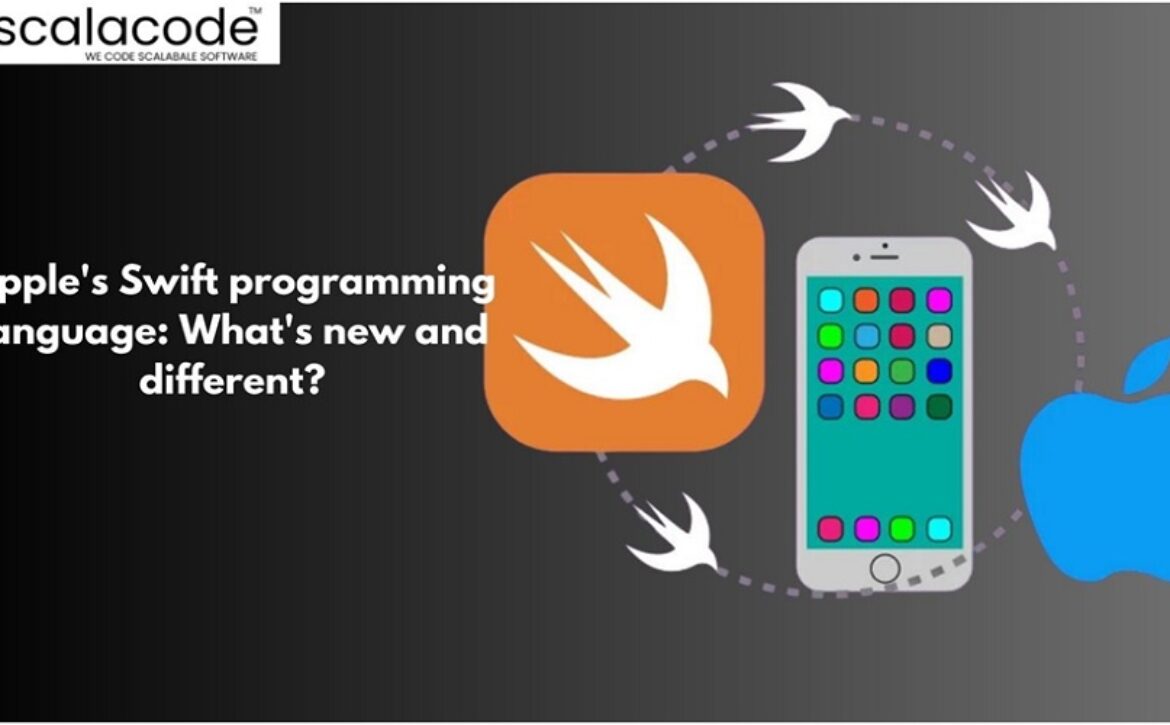
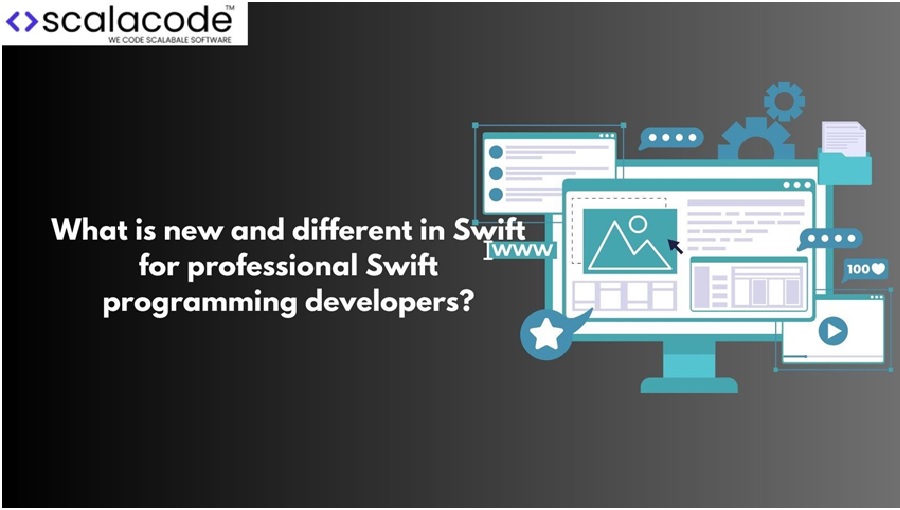 1. Language and standard library
1. Language and standard library 
